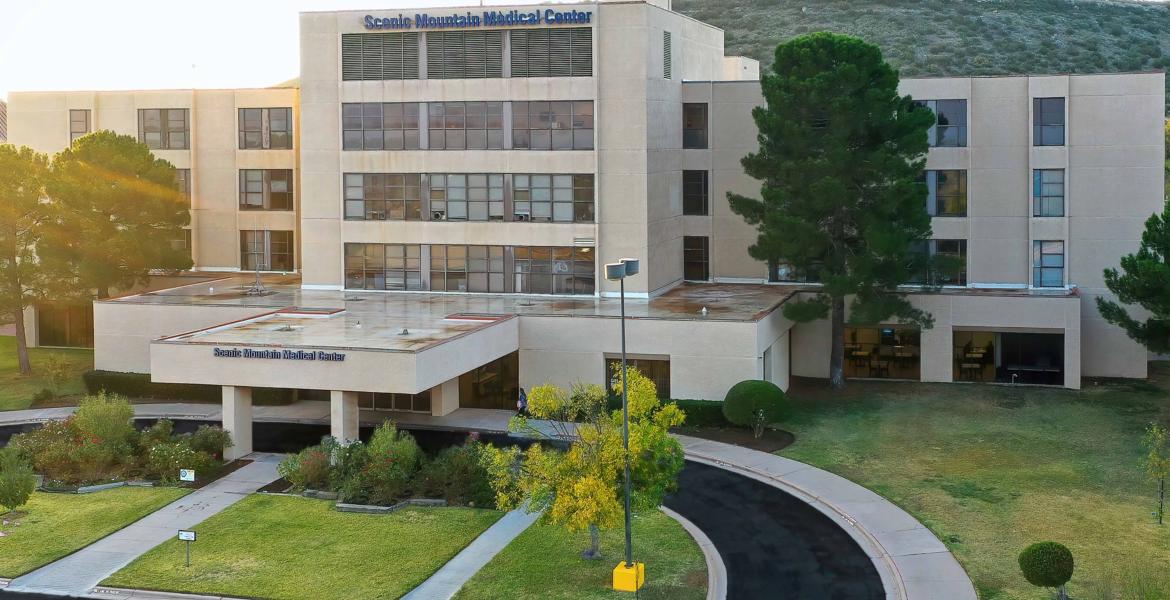Arms and shoulders twist with the sharp change of each musical note. Fifteen girls lined up, painting the scene with the movement of their skirts. The crowds clap along to the girls’ stomping heels. It’s not just a rehearsed routine for the dancers, it’s a performance with deep roots.
“It’s a rush of adrenaline when we get in front of the crowd and see the smiling faces and hear all the whistling from the people,” said 19-year-old Stephanie Cabrera, who has been dancing with the local Ballet Azteca group for two years.
“It has opened my eyes to the passion of the culture,” Cabrera said.
She joined after seeing how much fun her 10-year-old sister had while learning to perform regional dances from Mexico.
Ballet Azteca started more than 30 years ago, but only as a classroom project.
“Alma Contreras formed a little group at Reagan Elementary,” said Mary Lou Robbins, the current director of Ballet Azteca. “She was a third grade teacher and would teach her class a few dances, and they would perform for Cinco de Mayo and Diez y Seis de Septiembre.”
Upon requests from the community for more performances, in 1983 Contreras decided to organize an actual dance group outside of the classroom. That same year Robbins graduated from Angelo State University and went on to become a teacher for the San Angelo Independent School District.
“I was teaching, and Alma became a principal, and we were both in the Southside Lions Club together,” Robbins said. “That’s how we met. Alma told me she had a group and was interested in asking if I had done it before.”
Although Robbins had been part of ASU’s Angelettes, taken dance classes and participated in drill team, she had never danced ballet folklorico.
“It was a little different because of the footwork. I had never done footwork like we do. And of course the costumes were beautiful and it was part of my culture,” Robbins said of her decision to join Contreras.
After two years of being a student assistant to the Ballet Azteca group, in 1989 Robbins was given the position of director when Contreras stepped down.
“I love to perform,” Robbins said. “I like for people to enjoy it and to be excited about seeing the traditional dances from Mexico. It’s always just exhilarating to perform, and I've been doing it a long time, but I want all the girls to feel that.”
The group currently bases their performances on those from the Jalisco, Chiapas, and Norteño regions in Mexico.
“The state of Jalisco has the beautiful colorful dresses with all the colorful ribbons,” Robbins said. “The skirt has probably between 15 and 20 yards of material.”
Customarily, mariachi music is the sound of Jalisco and male dancers wear the traditional charro outfit of this region.
“When you have a male dancer, and you are dancing as a couple, you are flirting with that skirt,” Robbins explained. “So it’s a lot of twirling of the skirt, showing off, flirting with boys: It’s a lot of footwork.”
Robbins said the goal of Jalisco is for both dancers to sound as one in their foot movements. When an observer can only hear the footwork of one, the steps are being accurately performed.
Dances from the Chiapas region differ, Robbins explained, both in dress and in movement.
She said, “The state of Chiapas is that beautiful black dress with the big embroidered flowers and you do use the skirt a little bit, but not to the extent of Jalisco.”
The footwork, by comparison, is done mostly on the toes.
“It’s a real calf workout,” Robbins said. “You twirl your skirt a little but the skirt doesn't have the material the Jalisco dress has. It’s a lot of upper body movement, your shoulders, flirting with the upper body instead of the skirt.”
The music from Chiapas is fast and rhythmic, so fast that there is not a lot of time to do the stomping and heeling seen in the other routines.
“The Norteño is not all the stomping like Jalisco either,” Robbins said. “It is more like polkas: You dance as couples, and he twirls you. But it’s not the same intensity of footwork that the Jalisco is.”
The costume the dancers of the Ballet Azteca use for the Norteño performances was designed by Contreras and has to be custom made. All three dance styles are considered ballet folklorico, a tradition that has been passed down for decades. Although different groups may have a variation of style, they use the same music, costumes and overall choreography.
“We learn new dances from attending workshops,” Robbins said. “We have gone to Del Rio and also San Antonio in the early stages.”
Each routine is modifiable. Depending on the performance location and the amount of dancers, the performers have to be ready for a quick change in choreography.
Robbins said, “We adjust to conditions. We dance on dirt, grass, concrete slab, slippery hardwood floor—we dance on all kinds of surfaces, and they have to adjust to all that.”
Throughout her years of dance, Robbins has gone to many different locations with the group, but her most memorable experience was at the state capitol.
“The senator from our area was going to be governor for the day and invited us,” she recalled. “We went and danced at the state capitol in the rotunda. That was awesome.”
Although formed 32 years ago, only within the past four years have people been able to join and share their culture through performance. In 2002 after becoming a licensed counselor, having a set of twins, and the death of her father, Robbins took a break from performing.
“I just couldn’t,” she said. “It was very tough, and I stopped for nine years.”
At the time, Ballet Azteca had grown to over 40 members. Although efforts were made for some of the older dancers to take over, none had the time to commit. The group dissipated during Robbins’ break, but always hoped to reform.
It was not until one small but powerful voice came along and pushed Robbins to start up again.
“She said, ‘Mom when are you going to start the group up again?’” Robbins recalled her teenage daughter’s words back in 2011. “…I had been contemplating it, but she said, ‘I would really like to dance with the group.’ So that’s why I actually started it again.”
Now the group has between 25 and 30 dancers ranging from ages 4 up to 54 years old.
“The little girls are cute always; everybody loves them,” Robbins said. “So they can do whatever they want and everyone thinks they're wonderful. But when you get to be an older girl, you’re cute, but they expect some good dancing.”
“Every time she goes out there it’s like seeing her for the first time,” Julie Meza said of how proud she is when she sees her 8-year-old daughter perform.
Meza’s daughter began dancing with Ballet Azteca at 4 years old and has been dedicated to attending weekly practice for the past four years.
“She can be very shy, but when she dances, all of that goes away,” Meza said. “She gets out in front of the crowd and dances her heart out.”
Subscribe to the LIVE! Daily
Required






Post a comment to this article here: